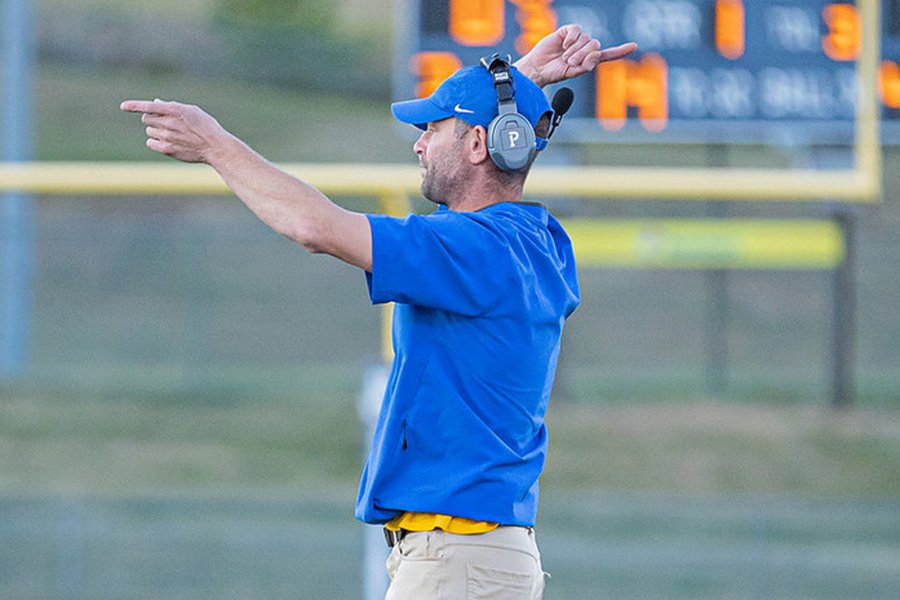The Fall of Facebook: The decline of the social media giant pressures student leaders to transition to different platforms
How the decline of the social media giant is affecting student leaders
Credit: Eme Massarelli
January 11, 2016
It’s not exactly a secret that Facebook, which was widely regarded as THE social media for years, is on a decline among teenagers. With so many appealing alternatives such as Twitter, Instagram, and Snapchat, an aging user base caused by our parents, parent’s friends, and parent’s parents, and a lack of any exciting changes over the last decade, Facebook seems to be moving out of the social media spotlight.
Now, unless you’re Mark Zuckerberg, the decline of Facebook probably doesn’t seem like much of a dilemma; however, there is one thing Facebook was great for that no other social media seems to be able to duplicate…and that is serving as an information outlet for student based organizations.
During my time at Western, I have been very involved in a variety of clubs, sports, and other groups – each of which always relied heavily on Facebook, whether it was to communicate when the next Model UN meeting was happening, a change in the tennis practice schedule, whether we were meeting upstairs or downstairs for Journalism, a new Sign-Up-Genius link for Key Club, or any other form of important announcement. With useful features such as groups, pages, and events, Facebook was always the go-to way to spread the news. And it was effective, too, because “back in the olden days” of 2012, when I was a freshman, it was just a given that everyone had an account, which does not seem to be the case anymore.
Today, in a culture where social media is primarily dominated by Instagram, Snapchat, and Twitter, there is no easy way to get the same information across. If I tweet that my German Club is meeting next Tuesday, I can basically count on there being an empty classroom. As far as I know, Twitter is the proper platform to share breaking news, find out what kind of cereal your favorite celebrities are having for breakfast, and stay updated on the football game you couldn’t make it to…the odds that all of the right people would actually see my tweet are minimal.
As for Instagram, I would first have to force my club members to follow me, then turn my announcement into a JPEG, then post it and cross my fingers that it doesn’t get overlooked in newsfeeds filled with things like “throwback Thursday” and “selfie Sunday” pictures, pictures from the beach, pictures of the Kardashian family, highly filtered food pictures, and (my personal favorite) pictures of a pug named Doug. Unless I were to tag all of my club members in the photo (which would be a little odd), there would be no way of ensuring that everyone was notified.
(And don’t even get me started on Snapchat. The fact that the messages self-destruct after a few seconds makes it a completely useless way of communicating important pieces of information like dates, times, and addresses.)
So what does this shift in social media mean for all of us leaders at Western? Well, we could always revert back to the one tried and true way – email. While it may not be as flashy as the others, it is reliable, seeing how every Albemarle County Public School student now automatically has their own email address (although whether or not students actually check these accounts is debatable). Or we can just cross our fingers that a new form of electronic communication, such as Slack, will take off.
But if worst comes to worse, we could always look up each club member’s number in the phonebook and then call them on the landline, because, as my parents pointed out multiple times as I was writing this article, there was a time before internet and social media, and students managed just fine.









